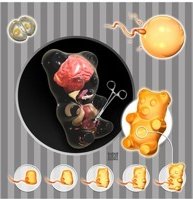Here’s a conference which looks interesting for medical museum people: “Amateur Passions / Professional Practice: ethnography collectors and collections”, to be held 2-3 April 2009 at the Department of Archaeology, University of Bristol (organized by Museum Ethnographers Group in UK).
The point of departure for the conference is the historical trend over the last centuries of an increasing professionalism in museum collecting, Yet ‘amateurs’ have always been, and still are, important in the collecting practice. So how do amateur collecting practices differ from professional?
The meeting will address issues like the changing role of the amateur collector, the amateur-professional divide, the historic context of collecting (from cabinets of curiosities to contemporary collecting), the ethics of collecting, personal collections (from living room displays to private institutions), etc.
The organizers are basically interested in the relations between anthropology/ethnology and collecting, but other -ologies will be considered as well, for example specialist vs. non-specialist collecting among amateur/professional geologists or ornithologists.
I think this conference raises an interesting set of issues, because collecting practices in medical museums can be understood in similar amateur-professional terms. Medical doctors (i.e., amateurs in a museum context) dominated medical collecting until the second part of the 20th century.
One of the interesting features of medical museums is the distribution of skills and authority between amateur curators and professional curators. For obvious reasons, medical doctors and scientists often have better technical knowledge about the (sometimes very specialized) artefacts, their material composition and actual use than museum professionals have, and in addition the amateurs also have (or at least had) higher social and scholarly status in the academic pecking order.
Museum staff, on the other hand, not only have (or used to have) lower academic and social status, but also valued (and still value) other kinds of knowledge, such as cultural interpretation, methods of preservation, the aesthetics of display, etc. Such differences in knowledge, skills, values and status have been sources of conflicts in medical museums — and sometimes still are.
Closing date for abstracts was last week, but maybe there is still a chance to attend — contact Sue Giles or Lisa Graves at the Bristol City Museum & Art Gallery (sue.giles@bristol.gov.uk or lisa.graves@bristol.gov.uk).

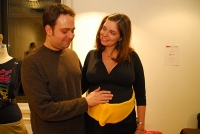 I cannot really see the point in
I cannot really see the point in 
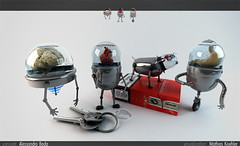 Her er
Her er 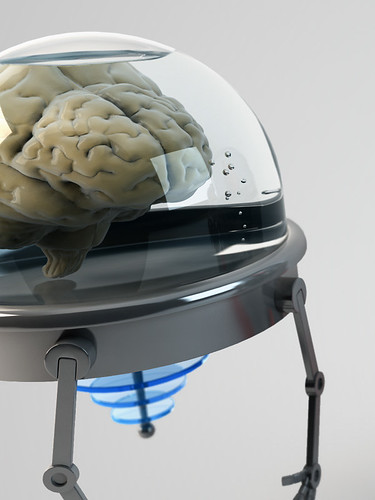
 Sounds to me like a great vision for the future of public engagement with the humanities. And not at all unrealistic, because a precedent has already been set — by a science journal.
Sounds to me like a great vision for the future of public engagement with the humanities. And not at all unrealistic, because a precedent has already been set — by a science journal.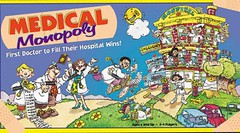 In
In  Then I just found out (thanks to
Then I just found out (thanks to 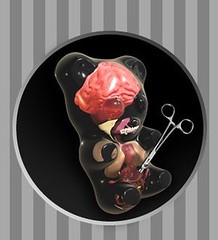 From all of us to all of you — we’re taking a few days off to enjoy a research-, exhibition-, acquisition- and blog-free zone.
From all of us to all of you — we’re taking a few days off to enjoy a research-, exhibition-, acquisition- and blog-free zone.